From the hottest deserts to the most polluted towns, these places are considered to have the worst living conditions in the world.
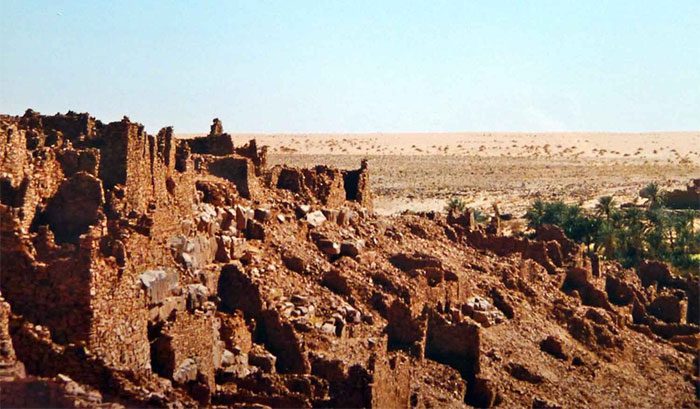
Hottest place: Araouane, Mali: This location is surrounded by barren desert and intense sandstorms known as “harmattan.” The average temperature in summer reaches 46°C, with almost no rainfall. Despite the harsh climatic conditions, Araouane serves as an important transportation hub for salt mining and transportation, allowing a concentrated population to reside here. (Photo: Sahara Overland).
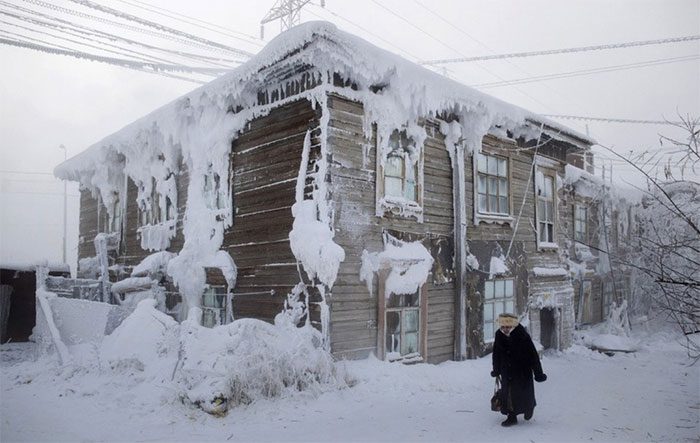
Coldest place: Oymyakon, Sakha Republic (Russia): The village of Oymyakon, home to about 500 residents, is regarded as the coldest inhabited place on Earth. The average winter temperature here is -50°C, with only three hours of daylight. The coldest temperature recorded in the town square was -71.2°C in 1924. However, during summer, temperatures can rise to as high as 34°C. (Photo: Wired).
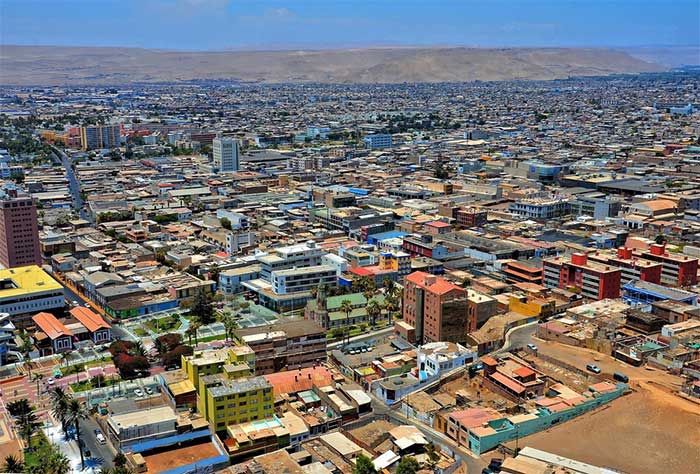
Driest place: Arica, Atacama Desert (Chile): Many areas in the Atacama Desert have not seen rain for 500 years. In the city of Arica, the average annual rainfall is only 0.761 mm, making it the driest place on Earth. Nevertheless, the population here has surpassed 220,000 people, as Arica serves as an important port city along the Pan-American Highway, close to the Azapa and Lluta fruit valleys. (Photo: Encircle Photos).
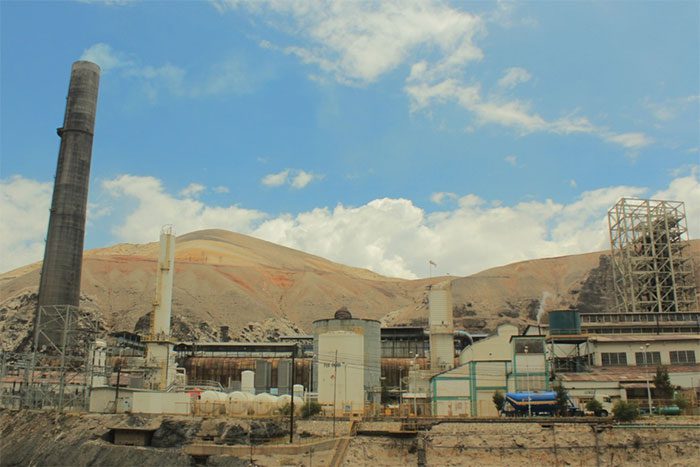
Most polluted place: La Oroya, Peru: This area is home to metal smelting operations owned by Doe Run Peru, the main proprietor of the town. They produce metals such as gold, silver, bismuth, and cadmium. In 2007, La Oroya was confirmed by the Blacksmith Institute to be one of the most polluted places on the planet. For around 25,000 residents, life is truly dreadful due to high levels of arsenic, lead, and sulfur dioxide in the air. Additionally, acid rain has destroyed much of the surrounding vegetation. (Photo: Mongabay).
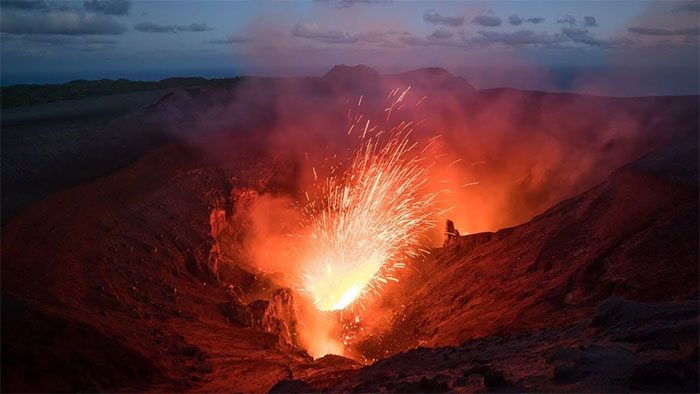
Most dangerous place: Vanuatu, South Pacific: According to the United Nations “World Risk Index,” the island nation of Vanuatu in the South Pacific is the most dangerous place for human habitation. Volcanic eruptions, earthquakes, and tsunamis frequently occur in Vanuatu. Satellite data also indicates that sea levels have risen by approximately 6 mm per year around Vanuatu since 1993, with average temperatures expected to increase by another degree Celsius by 2030 due to climate change. (Photo: Vanuatu).
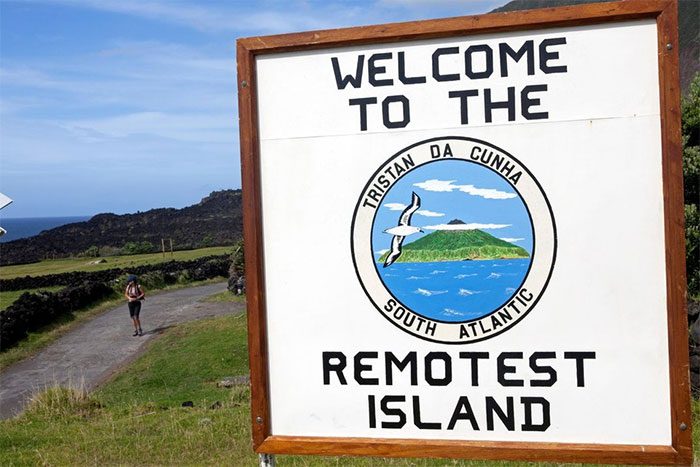
Most isolated place: Tristan da Cunha, South Atlantic: This remote location is currently home to about 246 residents. It is completely cut off from the world as there is no place for airplanes to land. The only way to reach the island is by boat, requiring a journey of up to six days from South Africa, covering a distance of 2,430 km. (Photo: Smithsonian Magazine).
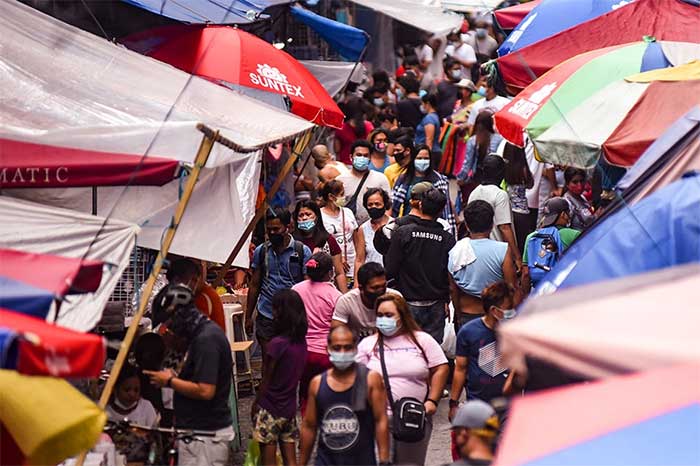
Most densely populated place: Manila, Philippines: With an estimated population density of around 42,857 people per km2, the capital of the Philippines is one of the most crowded places in the world. The rapidly growing economy over the past 50 years has resulted in increased population density, air pollution, noise, and serious traffic issues. The number of properties in the city is insufficient to provide housing for its residents, leading to a challenging overcrowding situation in the country. (Photo: ABS-CBN).
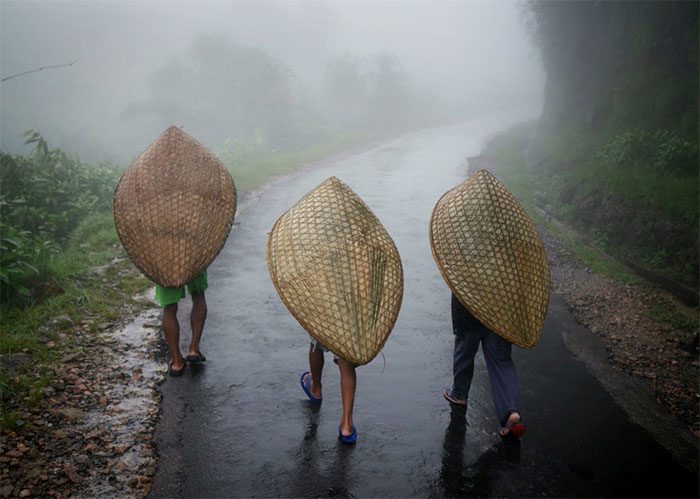
Wettest place: Mawsynram, Meghalaya (India): According to the Guinness World Records, Mawsynram is listed as the place with the highest average annual rainfall in the world, receiving about 11,873 mm of rain per year. Continuous rain keeps the vegetation lush and dense. Locals navigate the rain using a traditional tool resembling a tortoise shell, known as “Knups.” (Photo: Amazing India Blog).
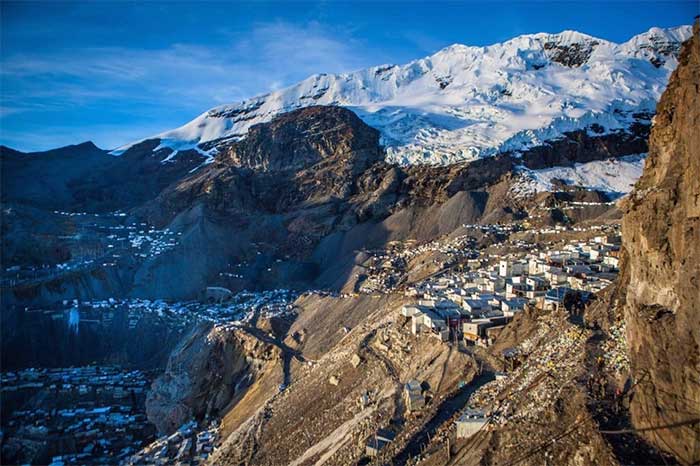
Highest place: La Rinconada, Peru: The town of La Rinconada is located at the summit of the Ananea Mountains in the Andes, at an elevation of 5,100 meters above sea level, housing over 50,000 residents. Surrounding the area are uncontrolled and unexploited natural gold mines. Although it sounds appealing, visiting this place requires careful consideration. There are no hotels in the town, and you must walk for several days along gravel paths. Additionally, at altitudes of 3,000 meters, you are likely to start experiencing shortness of breath due to altitude sickness. (Photo: Business Insider).





















































